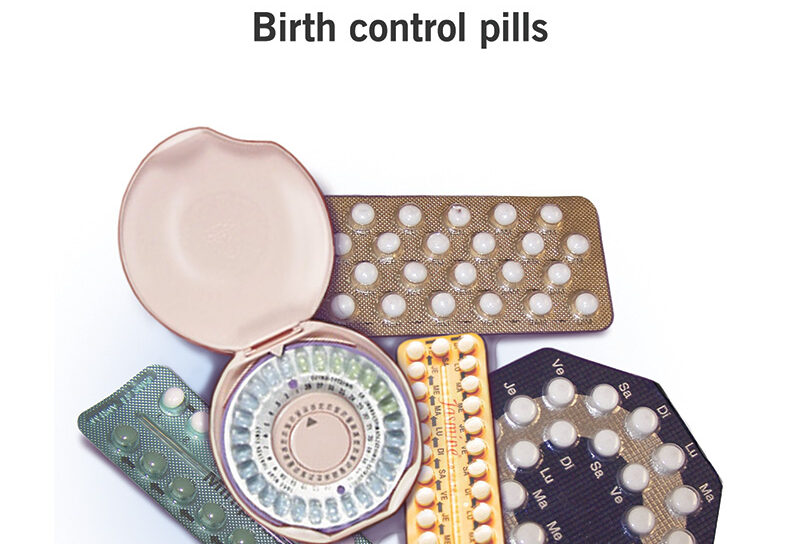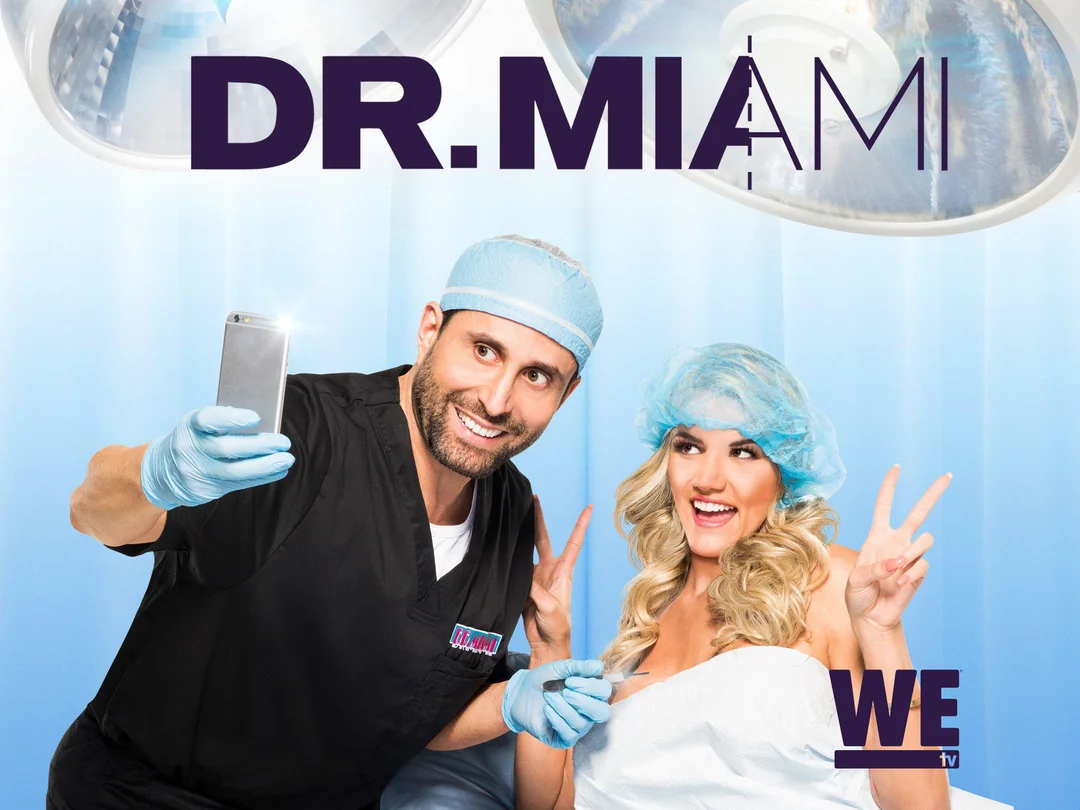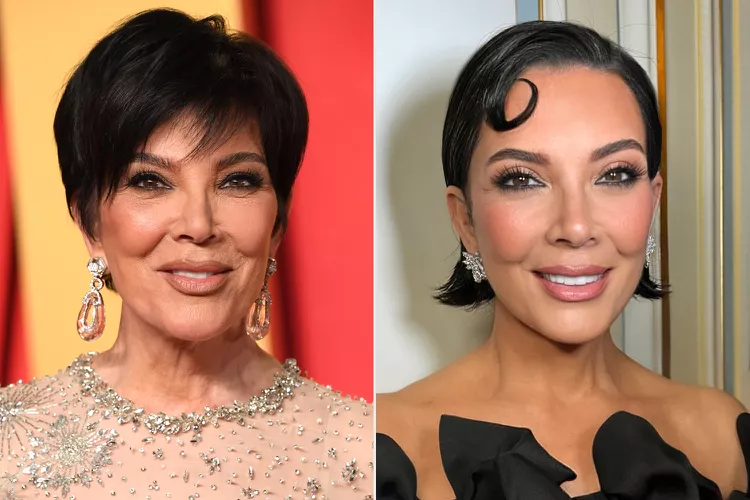By Mariam Karagianni,
There are whispers and conspiracies regarding Hollywood’s newest “secret” plastic surgeon, whose hands are like Midas touch. Demi Moore, Christina Aguilera, Donatella Versace, and Lindsay Lohan all seem to have gone under the doctor’s knife and upgraded to what the internet calls “their prime self” (in the sacred e-world, aging is like a miasma). Quite recently, the matriarch of the Kardashian-Jenner clan, Kris, unveiled her shiny and eerily smooth new face—and the internet went into a celebratory frenzy. “Seventy where?” a lot of them commented, enamored with that gloriously unrealistic and engineered porcelain construction that made her look like her daughters rather than a grandma.
We thread through a lifetime where aging no longer seems like the inevitable end of one’s life; rather, it’s something elective—and, most importantly, frowned upon. The world, and the internet before anything else, is inherently ageist. Thus, an entire multi-billion-dollar industry was created to give a solution to this very non-problem. You can (and you must) dissolve the tiniest frown away, resurface your face until your skin no longer resembles human skin, get a forehead reduction surgery, or undergo a nipple reshaping procedure—even dissolve the fat in your knees. So that, in case you have an open-casket funeral in your 80s, people can stop amidst mourning and gush at how you don’t look a day over 30. Sweet. You can customize your body as if you were playing Sims on your PC—but what you can’t do is have access to fundamental gynecological care for issues that detrimentally affect women.

Why is it that I can leave a plastic surgeon’s office looking like a new woman in a few hours, but doctors cannot properly diagnose whether or not I have endometriosis—unless it takes years and years of intolerable pain? And we are talking about a chronic illness by which 190 million women are tormented, taking an average of 8 to 12 years to receive a diagnosis. Both general medicine and aesthetic surgery belong to the same tree—albeit different branches: science, medicine, healing. Yet one has blossomed into one of the hottest industries, while the other feels like an underfunded, under-researched medieval project. And that’s not an exaggeration (have you ever had a Pap smear?).
“Woman is a pain that never goes away,” according to the Ancient Greek Menander. And with this mindset, women suffering from PCOS are told to lose weight, be patient, or just go on the pill. Menopausal symptoms are dealt with via patronizing suggestions and grossly outdated brochures that offer consolations and no viable solutions. And postpartum women who are crying for help and going through depression are told to hold it together for the sake of the baby.
Interestingly enough, in 2016, a male birth control study for a sperm count–reducing hormone was shut down after participants reported experiencing side effects like acne and mood swings. A standard hormonal birth control pill for women averages about 50 to 100 potential side effects—from headaches, reduced sex drive, and mood swings to depression and liver disorders. How can you not feel that even in medicine, males are always the priority?
Medical misogyny has always been based on dismissing women’s pain as hysterical or irrelevant. It rings of the 19th-century diagnosis of hysteria, where women were pathologized or institutionalized but not once understood. Even now, in 2025, women are likely to be misdiagnosed or brushed off when reporting pain. According to a research paper called The Girl Who Cried Pain by Hoffman and Tarzian, women are more likely to be given sedatives, while men receive actual pain medication. Why? Because “women complain more than men.” Because “women are not accurate reporters of their pain.” Because “men are more stoic,” and so when they do complain, it must be “real.” That means female pain is perceived as constructed or exaggerated—and the way gender bias plays out in clinical pain assessment indicates that women, on average, have to prove that they are as sick as male patients.

I cannot personally count the number of times I’ve been told that my symptoms are “stress-related.” And I cannot articulate how frustrating it is to know that it goes way deeper than that—knowing that I do not need SSRIs or tips on how to relax more, but just proper diagnostics.
It’s important to bear in mind that the types of pain men and women experience are different. And it’s been proven that they metabolize medication differently. In fact, women tend to experience significantly greater analgesia from kappa-opioids (like pentazocine) than men. But to know this, women must participate in clinical research. For the most part, that was not the case—which has resulted in a vast lack of information about gender distinctions in disease prevalence, progression, and response to treatments.
Amidst this medical abyss, aesthetic medicine has flourished like flowers in the spring. Plastic surgeons have become influencers in their own right, and their clinics command more respect than ancient temples. Women —especially the younger ones— are indoctrinated to believe that cosmetic enhancement is self-love and empowerment. And most women in general have not taken a step back to reflect on why we are cast aside by something so universal and vital for our survival as medicine. But that’s just how the market found a profitable solution to a systemic erasure: if they can’t get big bucks out of how your body functions, they can definitely do it from how it looks.
I don’t wish to be misunderstood. This is not an indictment on people choosing to dabble with their appearance. That’s no one’s business but their own. However, my thesis is based on the question of why? Why do we treat plastic surgery as medicine’s golden child, and women’s health as the ugly, unwanted stepdaughter? Why are women expected to bleed, break, and bounce back—but look good and desirable doing so? Why do we have to choose between beauty and health? Why can we be youthfully fuckable at 70 but not have a healthy reproductive system at 17? And why do we have to keep tolerating living in a culture where our well-being is treated like an afterthought—and not a priority?
References
- The girl who cried pain: a bias against women in the treatment of pain. NIH. Available here
- The bitter Pill. VOX. Available here




